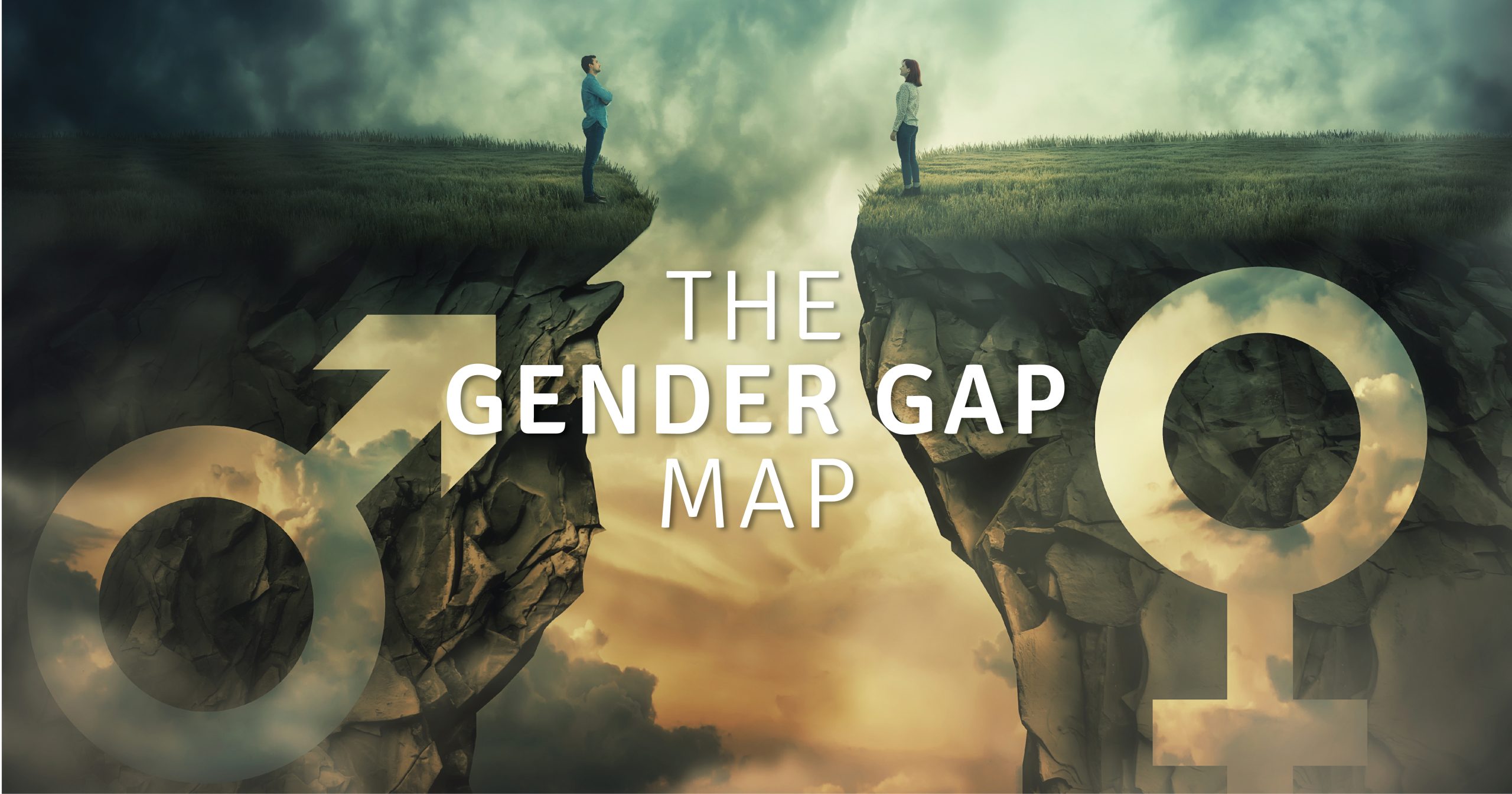Amornrat Sidhu highlights the dissimilarities we may take for granted, and the way they impact our lives.
Time Inequality:
DESPITE GREATER EQUALITY IN OTHER REALMS, WOMEN SPEND MORE TIME ON HOUSEWORK THAN MEN.
Various European studies show that males are more invested in paid work, and females are more committed to unpaid work, where they have fewer hours of ‘free’ time. It seems that, overall, more women are joining the workforce and having fewer children, but they continue to spend more time on housework and parental responsibilities than their male counterparts. Research has found that even when a woman earns more than her partner, she may still be the one majorly responsible for the completion of housework and other responsibilities in the home.
Luckily for women, the drastic difference over time allocated to housework between both genders has been decreasing over the past 40 years, where men spend more time on household responsibilities and women, less. This is great for both partners as recent research has also shown that housework inequality is one of the major causes of marital conflict and the dissolution of marriage. So grooms, pick up a broom and your marriage won’t be doomed!
DUE TO HAIR-REMOVAL PRACTICES, THE AVERAGE WOMAN HAS 75 DAYS LESS THAN THE AVERAGE MAN TO FULFIL OTHER PRIORITIES.
While men also engage in hair-removal practices (my male colleague’s eyebrows are more shaped than mine), females still rule the realm of hair removal. Despite research showing that they hate these practices, they participate in them more, and have been doing it for much longer, generally.
While the average woman spends around B100,000 in her lifetime on waxing alone, how about the time she spends engaging in other methods of hair-removal? This practice will cost her approximately 75 days of her lifetime. That is an extra 75 days most men will have more than women to fulfil other, not to mention, less painful, priorities.
DUE TO BEAUTY PRACTICES, SUCH AS APPLYING MAKEUP, THE AVERAGE WOMAN MAY LOSE ONE TO TWO YEARS OF HER LIFE.
According to various sources in the US and the United Kingdom, the average woman spends anything between one year and three months to two years of her lifetime applying makeup. That amounts to approximately one week a year. This means that due to social norms that apply monumental pressure to look beautiful, professional, or whatever you call it, men generally have an extra two-year time slot to fill with other activities, professional or personal, compared to women.
Success and Love:
MEN ARE ATTRACTED TO INTELLIGENT WOMEN, BUT ONLY IN THEORY.
According to a 2015 American study, even when men previously said that ‘intelligence’ was an attractive factor in a mate, it was only the case when there was a psychological distance, for example, when she outperformed someone in the next room on a task. Should she outperform her partner on the same activity or in any other face-to-face interaction, they liked it much less, and did not prefer it in a partner.
THE LESS GOOD-LOOKING THE MAN, THE BETTER THE ODDS OF HAVING A SUCCESSFUL MARRIAGE.
According to a 2017 research article by Reynolds and Meltzer, the less attractive a man, the happier his partner is likely to be, especially if she is average-looking herself. Women who are married to partners who they and other people perceive to be significantly more attractive are constantly conscious about their appearance. Thus, they engage in extreme dieting behaviour. If the man is considered to be less attractive, his female counterpart feels more appreciated and satisfied in the union as he tends to compensate for his appearance with random acts of kindness.
WOMEN MAY NOT PERCEIVE JOB PROMOTIONS AS APPEALING AS MEN DO.
Gino, Wilmuth, and Brooks, in their 2015 study consisting of 4,000 participants, found that women perceive professional progress as equally achievable as their male counterparts, but less appealing. Women and men both believe that a promotion at work would bring advantages such as power and money. However, women mentioned more negative consequences of a promotion, like conflict and other trade-offs. Overall, women also had more life goals than men, and fewer of their goals were related to achieving authority at work.
This study offers an alternative explanation to the idea that bias and discrimination are the reason for gender disparity found in high-level work positions. It suggests that women and men have dissimilar life goals and perceptions of power, and their views impact their decisions to advance professionally.
However, the study does not rule out the bias and expectations awarded to each gender. For example, a woman’s promotion and added job responsibilities may not reduce her household tasks. Whereas a man’s experience of a promotion is likely to differ as his tasks outside the workplace would be significantly fewer than his female counterpart.
In a 2011 study, Brescoll also found that women voice their opinions less often due to the criticism they might receive for speaking up. Thus, a woman may internally wish for a job advancement, but may find it less alluring based on how she is treated. These show that the gap pertaining to expectations of gender and performance still strongly influence both sexes’ decisions in the workplace.
Illness and Death:
MORE WOMEN WITH DEPRESSION ATTEMPT SUICIDE THAN MEN, BUT MORE DEPRESSED MEN DIE OF SUICIDE THAN WOMEN.
90 to 98 percent of youth who commit suicide have been diagnosed with a psychiatric disorder, mainly depression, making it an important risk factor for both sexes. Yet, women are twice as likely to be diagnosed with depression, have suicidal thoughts, perform deliberate self-harm, and actually attempt suicide compared to men. However, men diagnosed with depression complete significantly more suicides than women.
One study found that depression is an equal risk factor for both men and women, but men have many more suicide triggers than women. Factors such as being single, unemployed, and financially stressed acted as additional risks for suicide only in men. In fact, mothering a child between zero to two years is actually a protective factor against suicide for women.
GENERALLY, WOMEN ARE OVER-DIAGNOSED WITH DEPRESSION AND MEN ARE UNDER-DIAGNOSED WITH DEPRESSION.
Ideally, this difference should not exist. If you have depression, you should be diagnosed with it, full stop. However, research has consistently shown that when women and men report having the same symptoms, women are more likely to come out of the office with a diagnosis of depression. Perhaps, a mental health issue is considered a general weakness, something that affects masculinity. This lends itself to a separate but related issue as well. Men are less likely to seek and receive treatment than women, partly due to the gendered ideology behind getting help.














